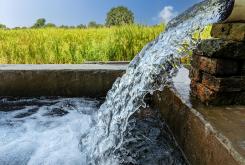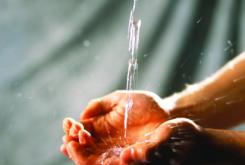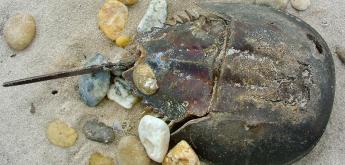Save the Horseshoe Crabs: Here’s how the pharmaceutical industry can conserve a vulnerable species
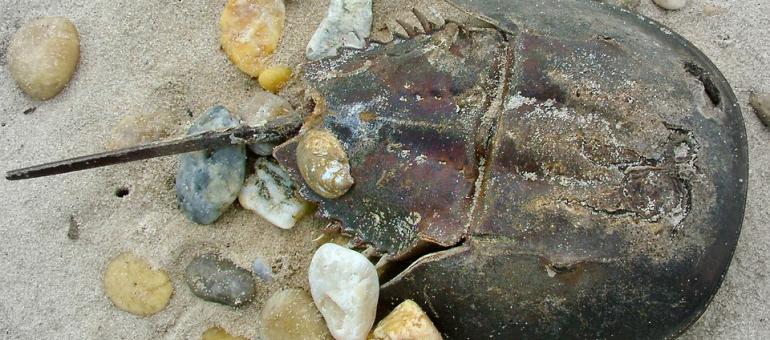
For the pharmaceutical industry, moonlit nights in the spring along the coastlines of Cape Cod, the Delaware and Chesapeake bays, and South Carolina are crucial to its ability to supply safe, clean, injectable medications. It’s on these nights that horseshoe crabs make their way to beaches to spawn, a ritual carried out each year by millions of Atlantic horseshoe crabs.
So what are horseshoe crabs used for in the pharmaceutical industry? The answer starts with the advent of hypodermic needles and injectable drugs.
In the 1800s and early 1900s, doctors struggled to ensure needles were clean and safe. “Injection fever,” a condition resulting from receiving a shot contaminated with bacterial endotoxins, ran rampant. At the time, the purity of injectable drugs was tested on rabbits prior to distribution, a method that was time-consuming and prone to false positives.
It wasn’t until the 1950s that researchers made a discovery that held the potential to dramatically improve the safety of injections. When studying the immune systems of horseshoe crabs, researchers discovered that their blood clotted into stringy masses when injected with seawater, a reaction that persisted even after the seawater was sterilized. This indicated that the horseshoe crab blood wasn’t just reacting to bacteria, but also to the bacterial endotoxins.
Horseshoe crab blood contains factors that, if extracted, could be used to manufacture limulus amebocyte lysate (LAL), an aqueous in vitro reagent that held the potential to significantly improve our ability to test whether injectable drugs have been contaminated with bacterial endotoxin.
After more than 10 years of research, scientists developed a safe and reliable way to extract the amoebocytes required to formulate LAL from horseshoe crabs, and in 1977, the FDA approved LAL kits for endotoxin testing. With endotoxin testing, pharmaceutical companies could promise safer, cleaner injectable medicines.
Today, LAL is used in the vast majority of bacterial endotoxin tests. In fact, horseshoe crabs play an integral part in the continuous quality control testing for safety of the coronavirus vaccines.
But the ever-expanding pharmaceutical industry and increasing demand for LAL, puts pressure on horseshoe crabs and their blood. This has been accompanied by numerous sustainability initiatives led by the industry to ensure safe practices and long-term vitality of the species.
Each summer, horseshoe crabs are acquired from east coast shores and taken to facilities where about one-third of their blood is removed. They are then returned to the wild in a practice closely monitored by the biomedical industry and coastal regulatory bodies. Despite close monitoring, habitat loss and bait fishing have led to substantial decline in the horseshoe crab population, and in 2016, the species was classified as vulnerable.
As such, it’s critical that we find ways to conserve and optimize the use of this resource as much as possible.
So, why is Veolia writing about this? Because our Sievers Eclipse Bacterial Endotoxins Testing (BET) Platform can cut LAL use by up to 90 percent, while remaining compliant with all global pharmaceutical regulations.
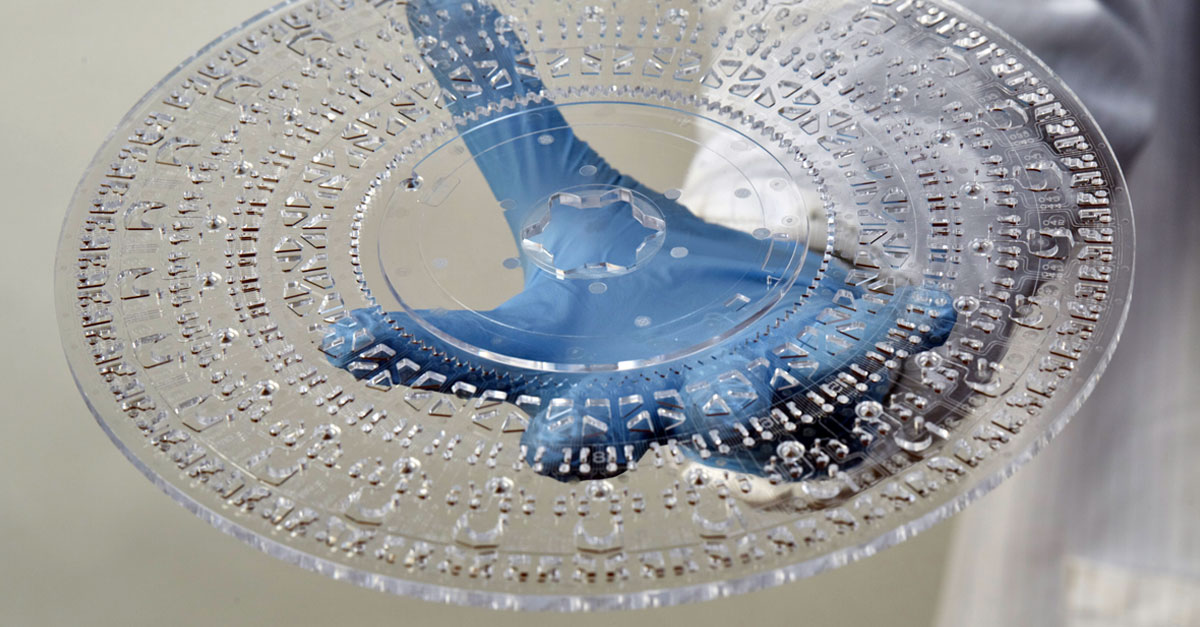
Fig: Micro plate with Hand model
We were able to achieve this by leveraging expertise in microfluidics, which is the science of manipulating fluids in small spaces. Sometimes, those channels can be as thin as a few sheets of paper. Microfluidics has unlocked new applications in dozens of industries, including ink-jet printing and the emerging “lab-on-a-chip” solutions.
For the Sievers Eclipse BET Platform, we meticulously designed a novel microplate that facilitates accurate and rapid dispersion of LAL and samples using centripetal force, metering chambers, and microfluidic channels. The microfluidic system enables users to carry out the same biochemistry that is performed in traditional endotoxin assays but with minimal manual effort, greater consistency, and drastically reduced LAL consumption. The system is automated and reduces the number of steps required of technicians, resulting in not only greater efficiency, but also fewer retests.
In the past 70 years, horseshoe crab blood has gone from curiosity to vital in pharmaceuticals. We’re proud to help conserve this vital ecological resource. You can learn more about our Sievers Eclipse BET Platform here.

